PERMANENT EXHIBITION
John P. McGovern Hall of the Americas
Celebrating Indigenous Peoples and Cultures
Exploring the Rich Heritage and Resilience of the Americas’ Indigenous Communities
The John P. McGovern Hall of the Americas honors the rich diversity and achievements of the Indigenous peoples of the Americas. At the heart of the exhibition stands an inuksuk, a stone monument used by the Inuit, symbolizing the enduring presence of Indigenous peoples. Spanning from the Arctic to South America, the exhibit showcases hundreds of “belongings,” including shell and stone tools, ceramics, featherwork, and beadwork. Notable items feature instruments and headdresses of the Marake ritual, intricate Plains Indian beadwork, and a totora reed boat from Bolivia.
Dr. Dirk Van Tuerenhout, Curator of Anthropology for HMNS, emphasizes that the Hall presents stories that evoke both joy and reflection. It invites visitors to contemplate the ongoing impact of colonization, land theft, violence towards Indigenous women, and the legacy of residential schools aimed at assimilating Indigenous children.
The museum is honored to collaborate with a distinguished group representing Indigenous peoples from across the Americas, providing valuable guidance on Native perspectives. Current and former HMNS Indigenous Advisory Group members include Concepción Poou Coy Tharin, a Q’eqchi’ Maya artist preserving traditional weaving techniques; Candace Linklater of Moose Cree First Nation, an Indigenous Peoples Reconciliation Educator; Dr. Linda Langley from McNeese State University (retired), an anthropologist focused on preserving endangered languages; Diego Romero of Cochiti Pueblo, an artist skilled in both traditional and contemporary Indian pottery; Wendi Schovanec, a Cheyenne developer of tribal-specific academic resources for educators; Cara Romero, a citizen of the Chemehuevi Indian Tribe and an award-winning photographer; and Yolanda Poncho, a member of the Alabama-Coushatta Tribe of Texas, current Tribal Council member, and co-creator of the Alabama-Coushatta Cultural Committee.
Dr. Dirk Van Tuerenhout, Curator of Anthropology for HMNS, emphasizes that the Hall presents stories that evoke both joy and reflection. It invites visitors to contemplate the ongoing impact of colonization, land theft, violence towards Indigenous women, and the legacy of residential schools aimed at assimilating Indigenous children.
The museum is honored to collaborate with a distinguished group representing Indigenous peoples from across the Americas, providing valuable guidance on Native perspectives. Current and former HMNS Indigenous Advisory Group members include Concepción Poou Coy Tharin, a Q’eqchi’ Maya artist preserving traditional weaving techniques; Candace Linklater of Moose Cree First Nation, an Indigenous Peoples Reconciliation Educator; Dr. Linda Langley from McNeese State University (retired), an anthropologist focused on preserving endangered languages; Diego Romero of Cochiti Pueblo, an artist skilled in both traditional and contemporary Indian pottery; Wendi Schovanec, a Cheyenne developer of tribal-specific academic resources for educators; Cara Romero, a citizen of the Chemehuevi Indian Tribe and an award-winning photographer; and Yolanda Poncho, a member of the Alabama-Coushatta Tribe of Texas, current Tribal Council member, and co-creator of the Alabama-Coushatta Cultural Committee.
Please Note:
Admission price includes access to all HMNS Permanent Exhibit Halls except certain Special Exhibitions and the Brown Hall of Entomology. Access to the Brown Hall of Entomology is included with admission to the Cockrell Butterfly Center.
Admission to the Permanent Exhibits is FREE Tuesday evenings from 5:00-8:00 p.m.
Members: HMNS Permanent Exhibits are always free!
Admission to the Permanent Exhibits is FREE Tuesday evenings from 5:00-8:00 p.m.
Members: HMNS Permanent Exhibits are always free!
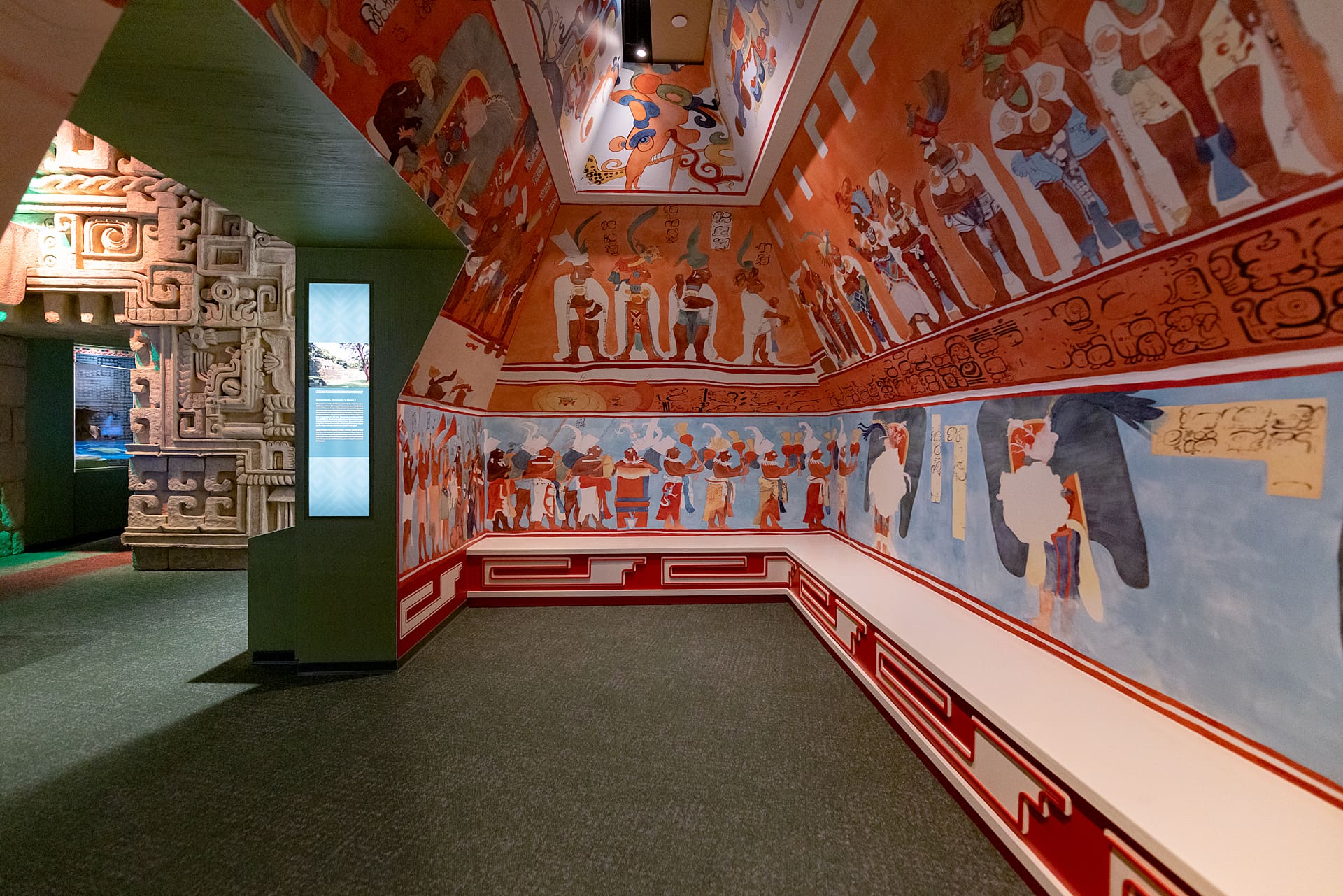
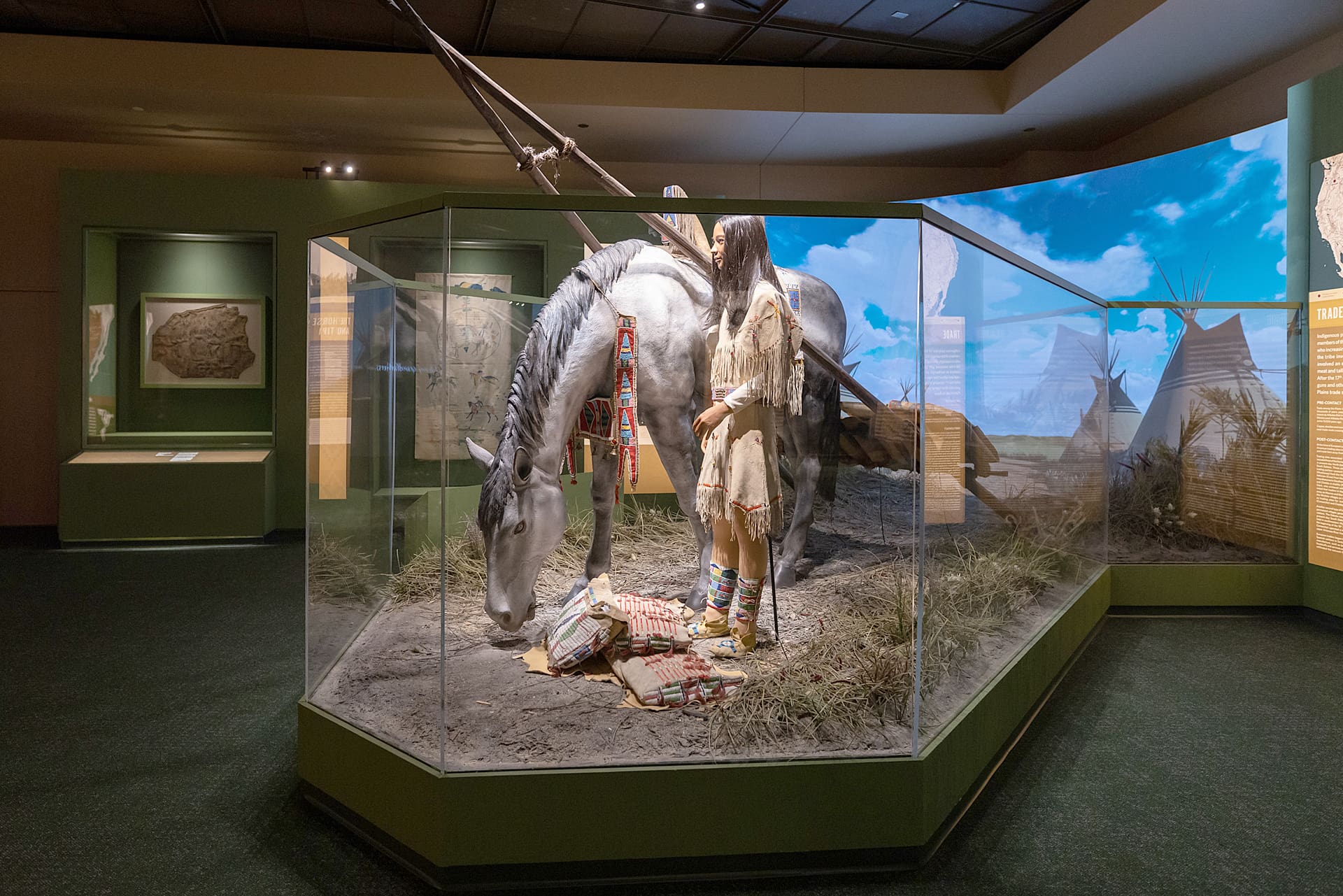
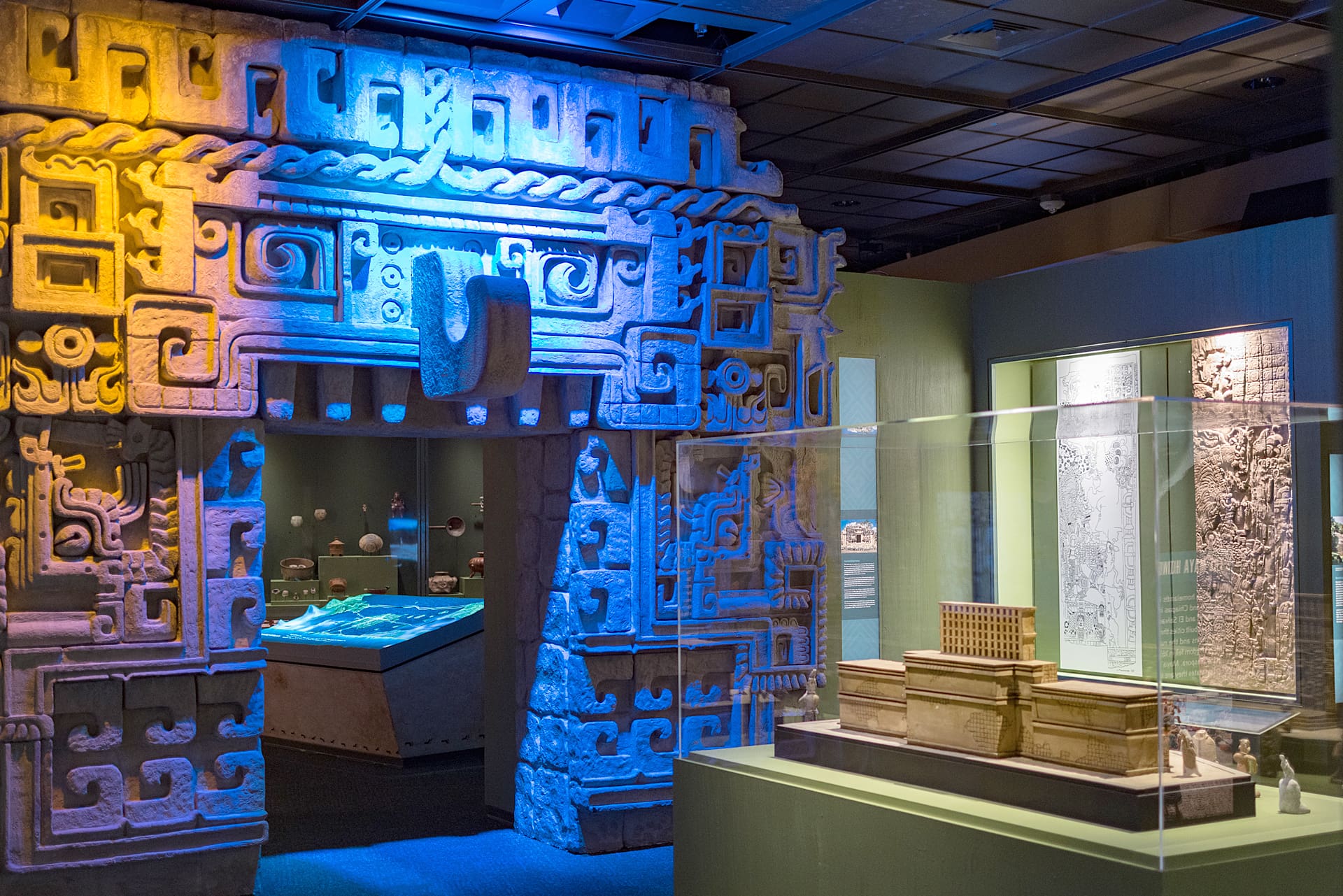
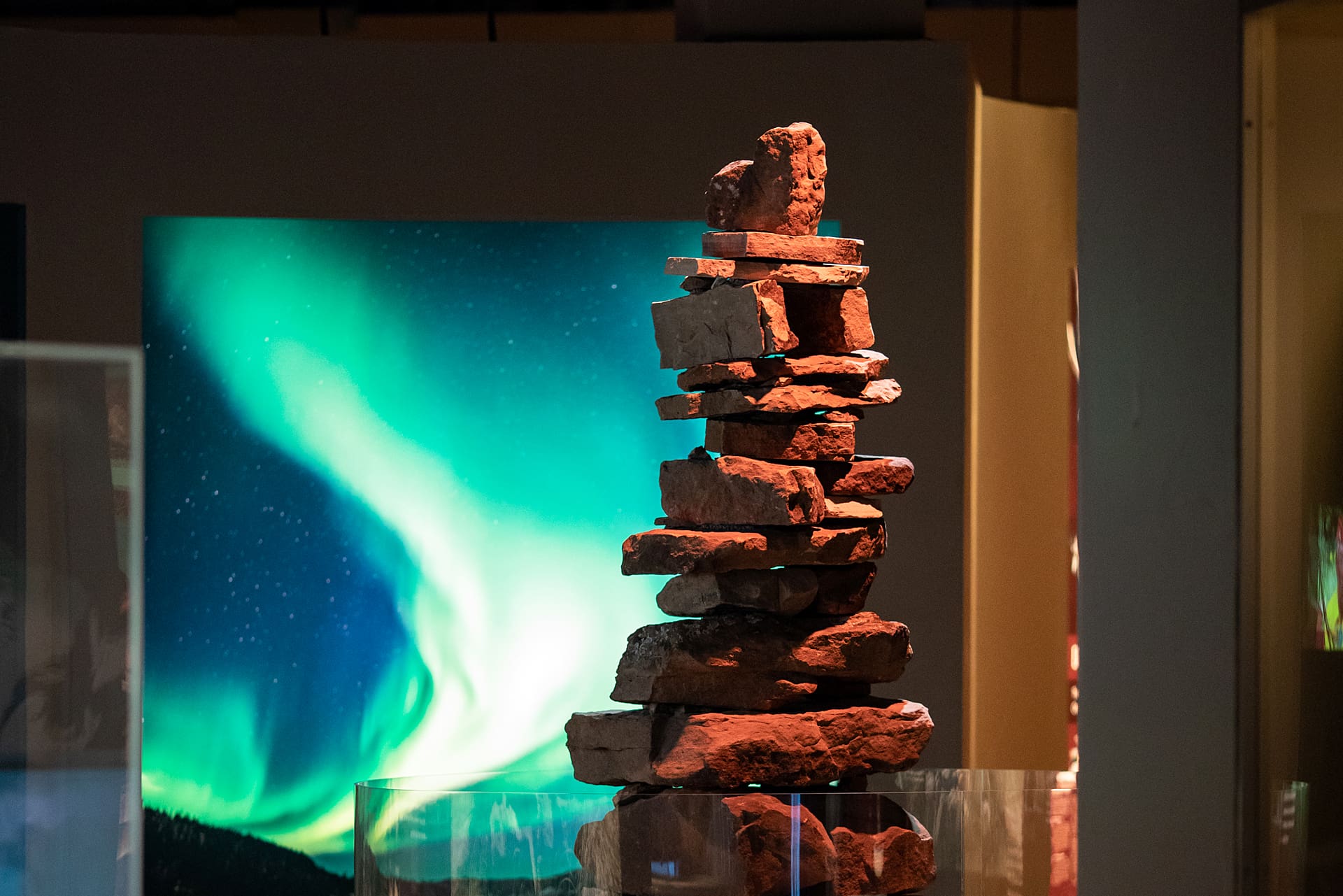
Exhibition Highlights
Ancient Artistry
Bonampak Murals: A Vivid Glimpse into History
Step into a room adorned with the Bonampak murals, and you’re stepping into the ancient Maya civilization. Painted around AD 790, these murals depict ceremonies, battles, and daily life, offering a colorful window into a world long gone.
Spiritual Sculptures
Katsina Figures: Symbols of Hopi Tradition
The katsina figures, such as the Huhuwa and Hemis Mana, are a profound expression of the Hopi culture. These wooden figures, adorned with fur, stone, and feathers, represent various ceremonies and beliefs. A glimpse into the spiritual world of the Hopi, they continue to inspire and educate.
Raven Revealed
The Raven Transformation Mask: A Marvel
The Raven transformation mask, crafted by Calvin Hunt of the Kwakwaka’wakw First Nation, serves as a window into the complex cultural practices and beliefs of the Kwakiutl people. Utilizing natural materials like cedar wood and horsehair, it embodies the interconnectedness of nature, art, and society.
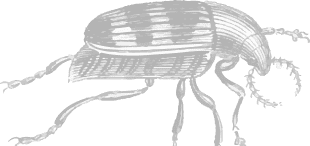
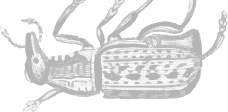
Meet the Curators
Our curators’ combined expertise ranges from A to Z… from archaeology to zoology!
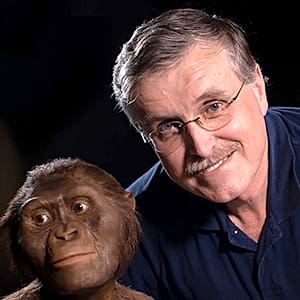
Dirk Van Tuerenhout, Ph.D.
Curator of Anthropology
Dr. Dirk Van Tuerenhout is the curator of anthropology at the Houston Museum of Natural Science (HMNS). He works with partners from various cultures to develop exhibitions that connect the past to the present. Dr. Van Tuerenhout specializes in archaeology and is responsible for the care and interpretation of the John P. McGovern Hall of the Americas.